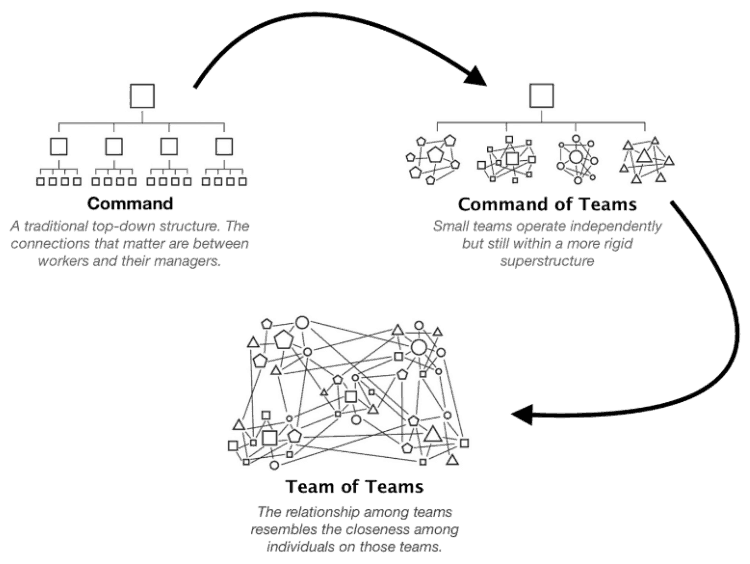Summary: How businesses can build trust with their employees and customers.
Trust is paramount to any relationship.
As a business leader, trust is the hardest thing to earn and the easiest thing to lose. We show you how to do so, both with employees and customers.
How to Build Trust with Employees
“To be trusted is the most compelling form of human motivation.” -Steven Covey
- Recognition & Public Praise. Be gentle on the problem but soft on the person. Praise publicly and critique personally. “It’s remarkable how much can get done when you don’t care who gets the credit.” -Ronald Reagan
- Model the Behavior you Seek. Actions speak louder than words. No company executive is too big to pick up a piece of paper off the floor and put it in the trash bin. It sets a precedent of stewardship that trickles down.
- See Mistakes as Learning Opportunities. Step away from the philosophy of blaming and shaming employees. Take your losses in stride, and write more explicit procedures to ensure that more work gets done without mistakes.
- Review Employee Policy Handbook. The employee handbook serves to guide the behavior of new employees. New employees are welcomed or unwelcomed on day-one by your employee handbook. However, nitpicky policies, a focus on minutia, and demeaning language are all things that erode trust.“The typical employee handbook could shrink by 75% – and should.” -Forbes
- Implement Continual Feedback. Make the performance appraisal less scary. One-on-one meetings between employees and managers, (or between managers and directors) ensure voices are heard. People need to understand if they are meeting expectations and continually performing.
 This is especially true in startups, where roles are more ambiguous and the business model may likely change on a quarterly basis. With all this flux, your top producers need to be kept up to date with the needs of leadership. The more they know about the organization’s plans, priorities, and challenges, the more in sync they will be with the leadership team.
This is especially true in startups, where roles are more ambiguous and the business model may likely change on a quarterly basis. With all this flux, your top producers need to be kept up to date with the needs of leadership. The more they know about the organization’s plans, priorities, and challenges, the more in sync they will be with the leadership team.
Learn more in 20 HR Trends Everyone Will Be Talking About in 2020
- Tow the Line between Vulnerability and Diplomacy. Beautiful things can happen when we are vulnerable, but too much exposure can be bad for security and safety – as shown by the recent data breach FEMA went through, by “oversharing” information with a contractor, placing the data of 2.5 million disaster victims in peril.

Vulnerability builds trust with employees, but too much vulnerability (i.e. sharing data that should be kept on a “need-to-know-basis”) can jeopardize your organization’s reputation. Sometimes it is best to wait until decisions are “fully-baked” before telling the troops. Once word gets out, you’ll wish you had acted more diplomatically.
How to Build Trust with Customers
Creating a trusted organization is as important for internal stakeholders as it is for customers. With entrenched competitors around, each organization must prove itself to the market. Consumer loyalty is predicated on trust.
- Be accessible. “Go all out for customer service,” recommends Entrepreneur. Be available to your customers and allow them to interact with you; either via social media, a designated email, or an instant chat. Consumers want to know that what you’re selling matches up to what was promised. Anything goes in this interaction, they want to know their voice will be heard – and that you’ll support them.
- Look for new ways to create value. This requires proactive scanning of the marketplace for further opportunities. Delight your customers with the unexpected; it will show just how much you care. They will remember the small details when it’s time to renew. Address customers’ new pain-points by listening in forums, clubs, and places where they congregate – then try out different solutions and select the best prototype.
- Own up to your mistakes. Don’t withhold bad news; truth gets out eventually. Instead of covering up the issue with scripted press releases and corporate jargon devoid of sincere human apologies, own up to your mistakes. Sometimes the hardest thing a business can do is say “Listen, we screwed up – but here is how we’re going to make it better.”
Case Study
In 1982 Johnson and Johnson recalled 31 million bottles of Tylenol tablets. Seven people died after an assailant laced Tylenol tablets with cyanide, causing a panic. The company issued a nationwide recall advertised in the national media for individuals not to consume any of its products and offered to exchange all Tylenol capsules already purchased by the public for solid tablets. As a result of their immediate action, the company developed better tamperproof packaging, protecting consumers from such a similar incident in the future. Although the recall cost the company $1 billion, within 5 months, the company gained 70% of its original market share. Why? Consumers learned that Johnson and Johnson could be counted on to step up in a crisis.
- Provide Proof. Provide proof of concept via testimonials, success stories, reviews, and case studies. Talk numbers. Leverage existing customers’ turnaround into future marketing campaigns to build trust with new customers.
- Provide valuable content. Demonstrate authority and specialized knowledge in your field. Go where the consumer is and engage them there. Currently, online search and social media networks provide the current vehicle for showing one’s products or services in the marketplace.
- Give the consumer a choice. Everybody likes choices. Empower consumers to make their own by offering different options.
Conclusion: Building trust is worth the effort because when trust is lost, it can be tough to recover. Companies that do not take the time to build trust with employees are at risk for turnover and employee burnout. Likewise, companies that do not take the time to build trust with customers risk losing market share.
Solution: Be proactive (not reactive) and keep these aforementioned tips in mind. Practice what you preach and create consistency in your company culture. Define your core values and stick by them.
Contact Tammy Klein for career coaching, workforce planning & human capital forecasting, talent development, and outsourced HR solutions.
Tags: trust, culture, human resources, build trust with employees, build trust with customers

